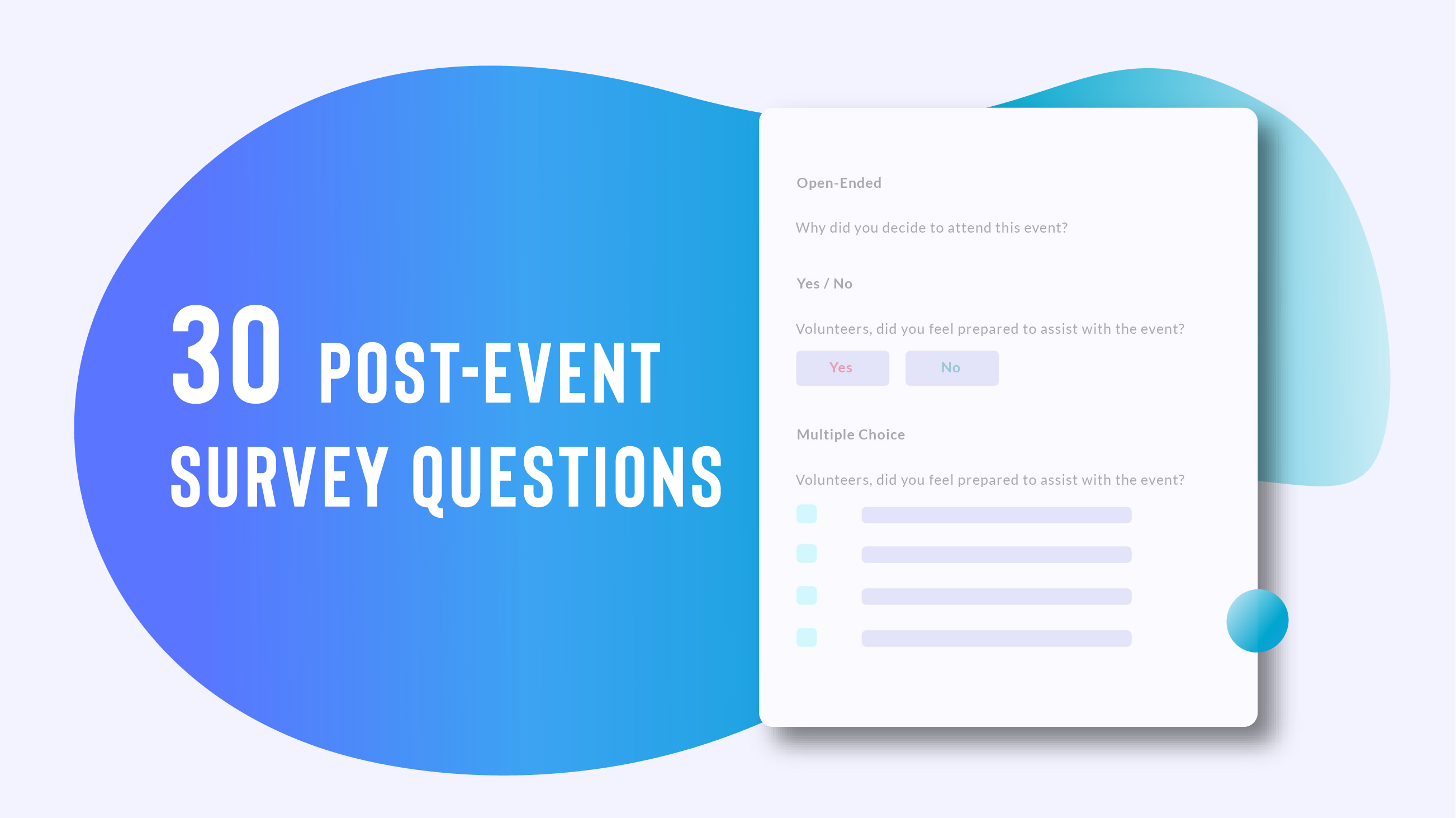

Apple is betting big on Augmented Reality (AR) and has already made giant strides with a chipset-level integration of the technology with A11 Bionic processor . It is already building a software ecosystem with ARKit. While first wave of AR apps have already made its way to Apple Store, the company is now looking for further capitalise on the momentum with a dedicated AR hardware.
The company is working on a standalone AR headset that is likely to be commercially available by 2020, Bloomberg reported on Thursday. Apple’s push to the standalone AR headset also includes developing an independent operating system optimised for augmented reality, just like we’ve seen with watchOS (Apple Watch) and tvOS (Apple TV). Apple’s headset will pack a customised processor.
The operating system is codenamed T288 and is internally known as rOS, which stands for reality operating system, the report added. The company is reportedly using the popular VR headset HTC Vive as a reference for its own version, which most likely be designed in-house.
That being said, Apple may include Virtual Reality (VR) support in the reported headset, but it’s unlikely to be the USP. Based on Apple CEO Tim Cook’s previous statements on the technology, the company may be headed towards a mixed reality concept, similar to what Microsoft has accomplished with HoloLens.
“The technology itself doesn’t exist to do that in a quality way. The display technology required, as well as putting enough stuff around your face–there [are] huge challenges with that. The field of view, the quality of the display itself—it’s not there yet,” Tim Cook told The Independent last month.
Apple, however, isn’t alone in its quest to drive the AR segment. Google, for one, has revived its efforts in this category with ARCore platform and is expected to see a big adoption by third party OEMs. While the first version of Google Glass failed, the company resurrected the wearable with an Enterprise Edition in August this year.
The AR and VR combined market is estimated to reach $13.9 billion in 2017, according to a study by research firm IDC
“On a geographic basis, the United States will deliver $4.3 billion in AR/VR spending in 2017, followed by Asia/Pacific (excluding Japan)(APeJ) at $2.6 billion and Western Europe at nearly $2.5 billion. The consumer market will be the largest segment of AR/VR spending in all three regions in 2017, followed by personal and consumer services in APeJ and discrete manufacturing in the United States and Western Europe. By 2020, discrete manufacturing will become the top spending segment in the United States while retail will become the second largest segment in APeJ,” predicted IDC in the report.
According to another report, augmented reality market was valued at $2.39 billion in 2016 and is expected to reach $61.39 billion by 2023.
Source;-hindustantimes





